Hiragana
Hiragana (平仮名, ひらがな) is a Japanese syllabary, one basic component of the Japanese writing system, along with katakana, kanji, and in some cases rōmaji (the Latin-script alphabet). Hiragana is the first syllabary that you will learn and also will be the one you use most often.
Hiragana and katakana are both kana systems; they have corresponding character sets in which each kana, or character, represents one sound in the Japanese language. Each kana is either a vowel such as "a" (hiragana あ); a consonant followed by a vowel such as "ka" (hiragana か); or "n" (hiragana ん), a nasal sonorant which, depending on the context, sounds either like English m, n, or ng, or like the nasal vowels of French. Because the characters of the kana do not represent single consonants (except in the case of ん "n"), the kana are referred to as syllabaries and not alphabets.
Hiragana is used to write native words for which there are no kanji, including grammatical particles such as から kara "from", and suffixes such as さん ~san "Mr., Mrs., Miss, Ms." Likewise, hiragana is used to write words whose kanji form is obscure, not known to the writer or readers, or too formal for the writing purpose.
Verb and adjective inflections, as, for example, be-ma-shi-ta(べました) in tabemashita (食べました, "ate"), are written in hiragana, often following a verb or adjective root (here, "食", "tabe") that is written in kanji. When Hiragana is used to show the pronunciation of kanji characters as reading aid, it is referred to as furigana.
If you are confident enough to take the test, check out this page and memorize Hiragana in just a few days. We recommend do take this test daily for a few minutes, to help you memorizing the symbols faster.
Each symbol will be displayed with the Romaji below it. Unused hiragana are shown in red.
| あ a | い i | う u | え e | お o |
| か ka | き ki | く ku | け ke | こ ko |
| さ sa | し shi | す su | せ se | そ so |
| た ta | ち chi | つ tsu | て te | と to |
| な na | に ni | ぬ nu | ね ne | の no |
| は ha | ひ hi | ふ fu | へ he | ほ ho |
| ま ma | み mi | む mu | め me | も mo |
| や ya | ゆ yu | よ yo | ||
| ら ra | り ri | る ru | れ re | ろ ro |
| わ wa | ゐ wi/i | ゑ we\e | を o/wo | |
| ん n | ||||
| Dakuten / handakuten | ||||
| が ga | ぎ gi | ぐ gu | げ ge | ご go |
| ざ za | じ ji | ず zu | ぜ ze | ぞ zo |
| だ da | ぢ (ji) | づ (zu) | で de | ど do |
| ば ba | び bi | ぶ bu | べ be | ぼ bo |
| ぱ pa | ぴ pi | ぷ pu | ぺ pe | ぽ po |
| や ya | ゆ yu | よ yo |
| きゃ kya | きゅ kyu | きょ kyo |
| しゃ sha | しゅ shu | しょ sho |
| ちゃ cha | ちゅ chu | ちょ cho |
| にゃ nya | にゅ nyu | にょ nyo |
| ひゃ hya | ひゅ hyu | ひょ hyo |
| みゃ mya | みゅ myu | みょ myo |
| りゃ rya | りゅ ryu | りょ ryo |
| Dakuten / handakuten | ||
| ぎゃ gya | ぎゅ gyu | ぎょ gyo |
| じゃ ja | じゅ ju | じょ jo |
| ぢゃ (ja) | ぢゅ (ju) | ぢょ (jo) |
| びゃ bya | びゅ byu | びょ byo |
| ぴゃ pya | ぴゅ pyu | ぴょ pyo |
Dakuten / handakuten
The dakuten resembles a quotation mark, while the handakuten is a small circle, similar to a degree sign, both placed at the top right corner of a kana character:
| ◌゙ | Softens the sound, can be combined with hiragana and katana. For example 'ka' か becomes 'ga' が. 'sa' さ becomes 'za' ざ and so on. |
| ◌゚ | Hardens the sound, can be combined with hiragana and katana but can only be used with 'ha', 'hi', 'fu', 'he', 'ho'. For example 'ha' (は) becomes 'pa' (ぱ). |
